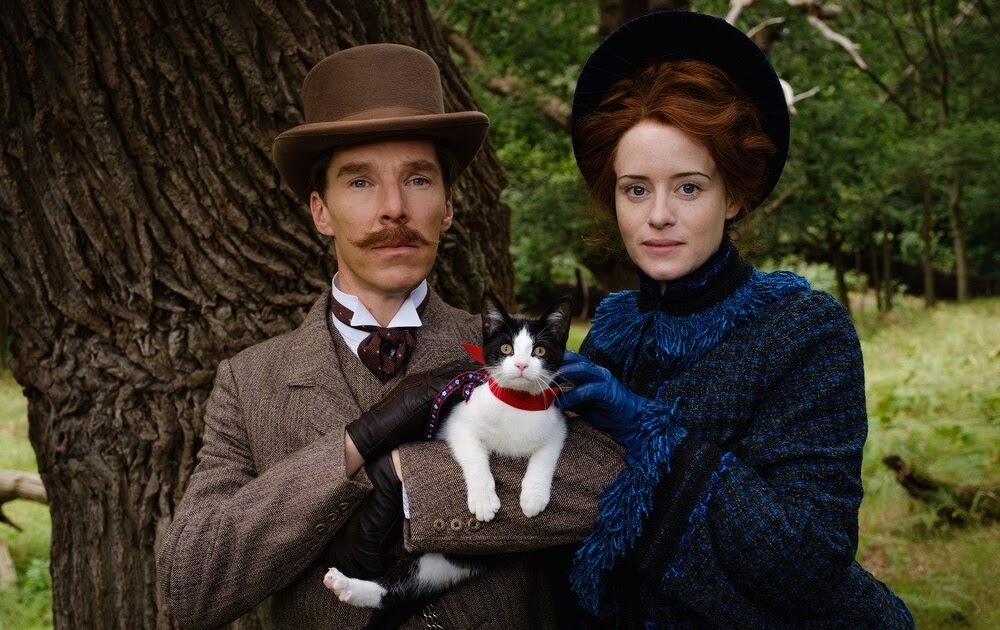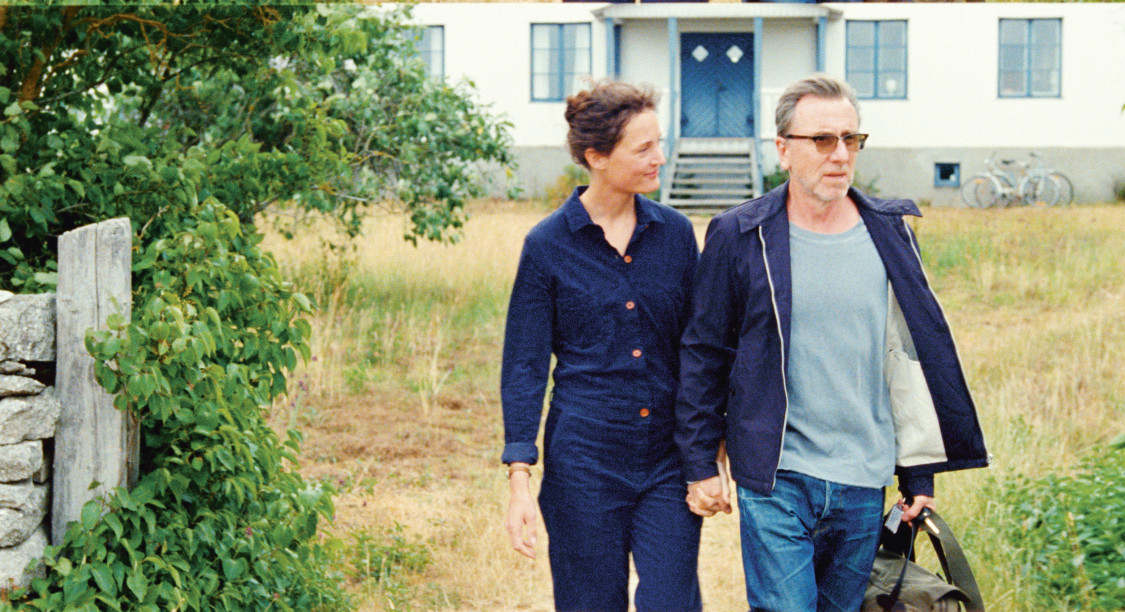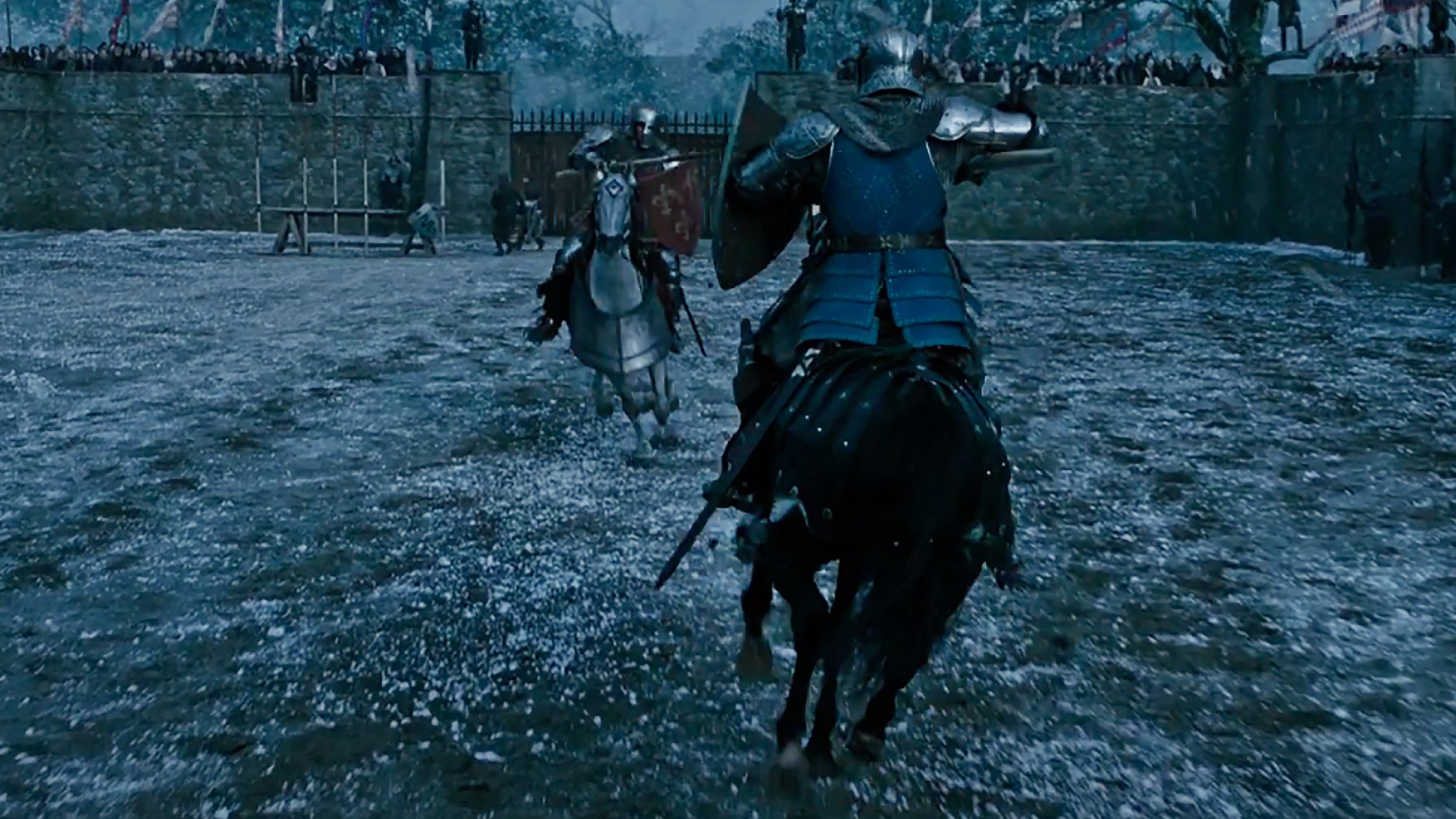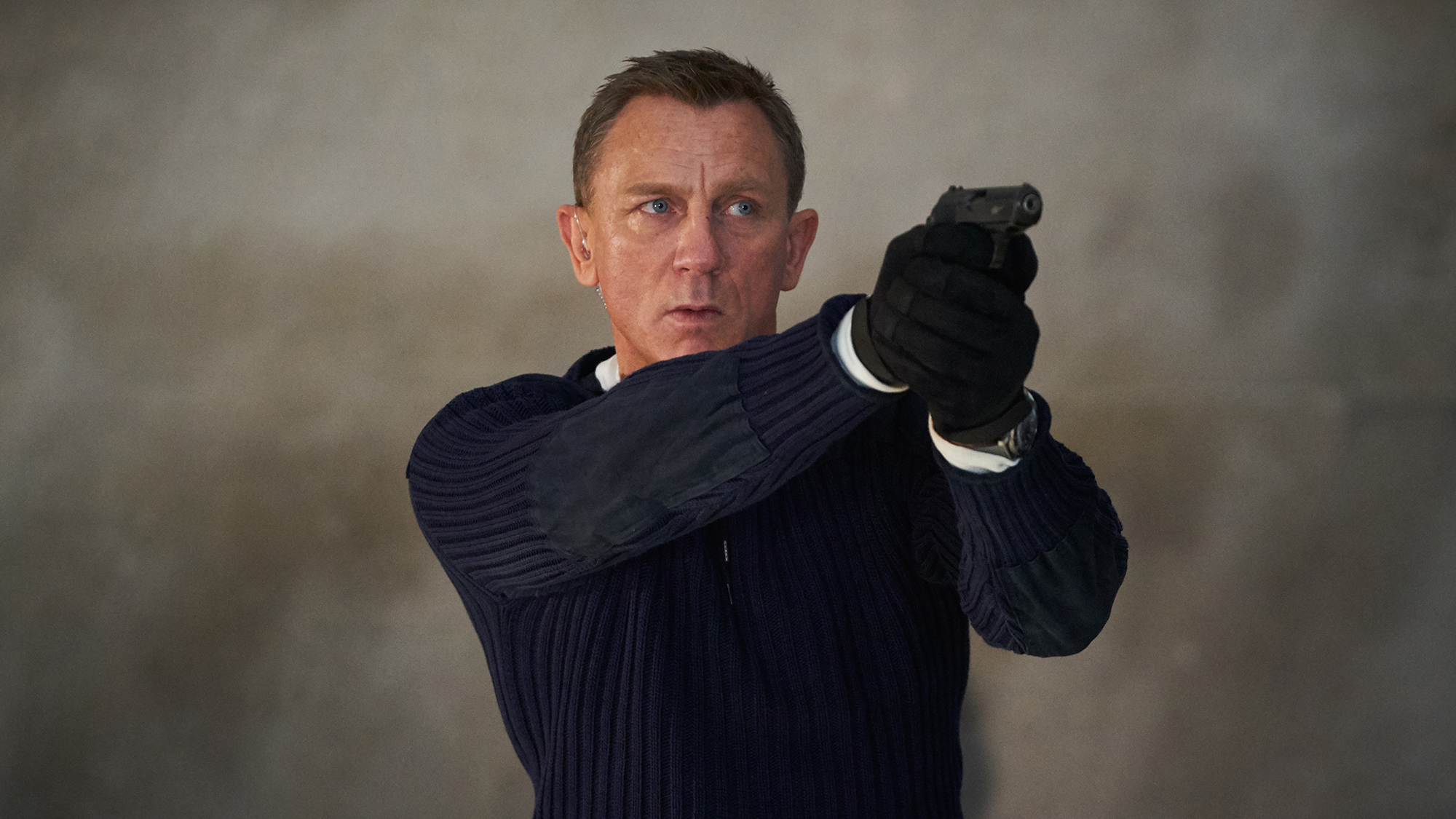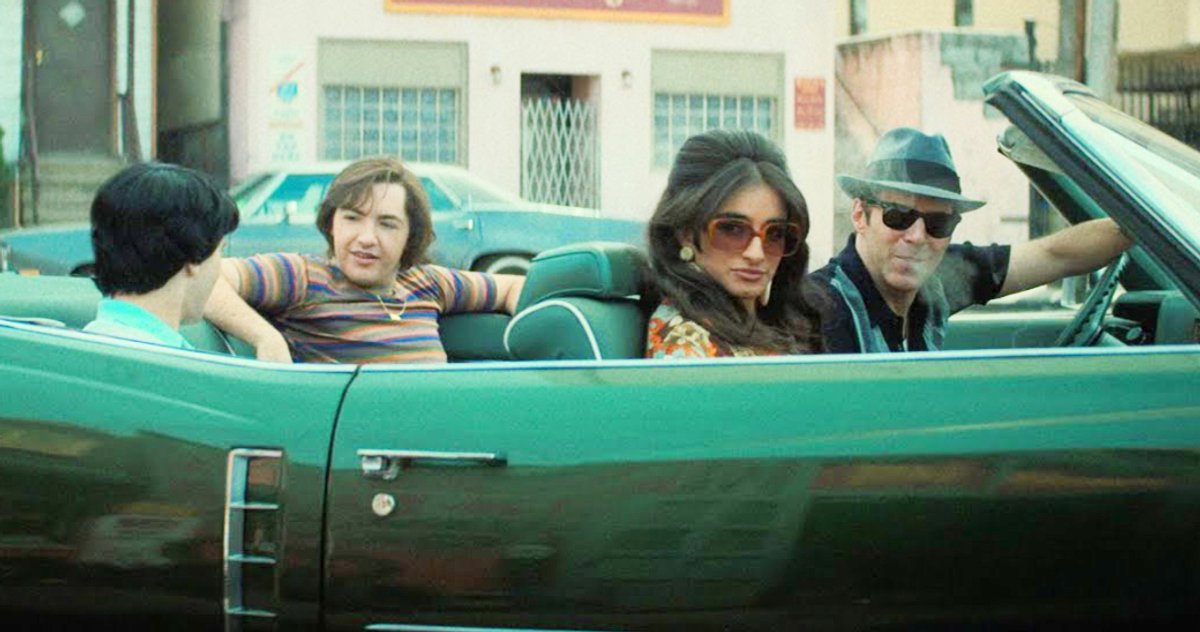The Electrical Life of Louis Wain
by Hope Madden
Did you know that there was a time, at least in England, when cats were not a popular house pet? And it wasn’t really that long ago. How weird is that?
Not weird enough to stand out in the highly unusual and very endearing film The Electrical Life of Louis Wain.
The ever-reliable Benedict Cumberbatch plays Wain, artist whose drawings of adorably anthropomorphized cats took Victorian England, and then the world, by storm. Will Sharpe’s biopic looks to introduce us to the eccentric, charming, and ultimately tragic world of this friend of the feline.
Sharpe’s film is a swirl of color and energy led onward by the droll musings of narrator Olivia Colman, who gets all the best lines. (“Aside from its bizarre social prejudices and the fact that everything stank of shit, Victorian England was also a land of innovation and scientific discovery.”)
As Wain’s life unravels before us, wonderful actors populate the screen: Toby Jones as the publisher who sees great, if unusual, things in Wain; Claire Foy as the governess-turned-wife whose love would bring Wain joy and scandal; Andrea Riseborough, as the eldest sister far better suited to the world of business and awfully frustrated with her unsuitable brother.
At the center of everything is Cumberbatch, more than up to the challenge of creating a lovable outsider, a man so full of something wonderful and so destined to be eaten alive.
Sharpe has trouble with that balance, even if Cumberbatch does not. While Wain’s talent brought joy to many across the world, his gullible nature, wild lack of business savvy and likely mental illness made him an easy mark in a callous world. Sharpe, who co-wrote the script with Simon Stephenson, has a difficult time conveying the madness that would be Wain’s undoing.
He keeps us at arm’s length from Wain, even as Cumberbatch repeatedly invites in. The actor and performance are wonderful, outdone only by an underused Riseborough as the one character even more shackled by the realities of the world.
But Sharpe’s vision is not sharp enough, and he ties up Wain’s frantic and messy life with far too much tidiness, a cinematic shortcut that doesn’t suit the film or the subject. Too much effort goes into wrestling Wain’s madness into a coherent, cinema-friendly plotline and it feels like the artist is being cheated once again.

